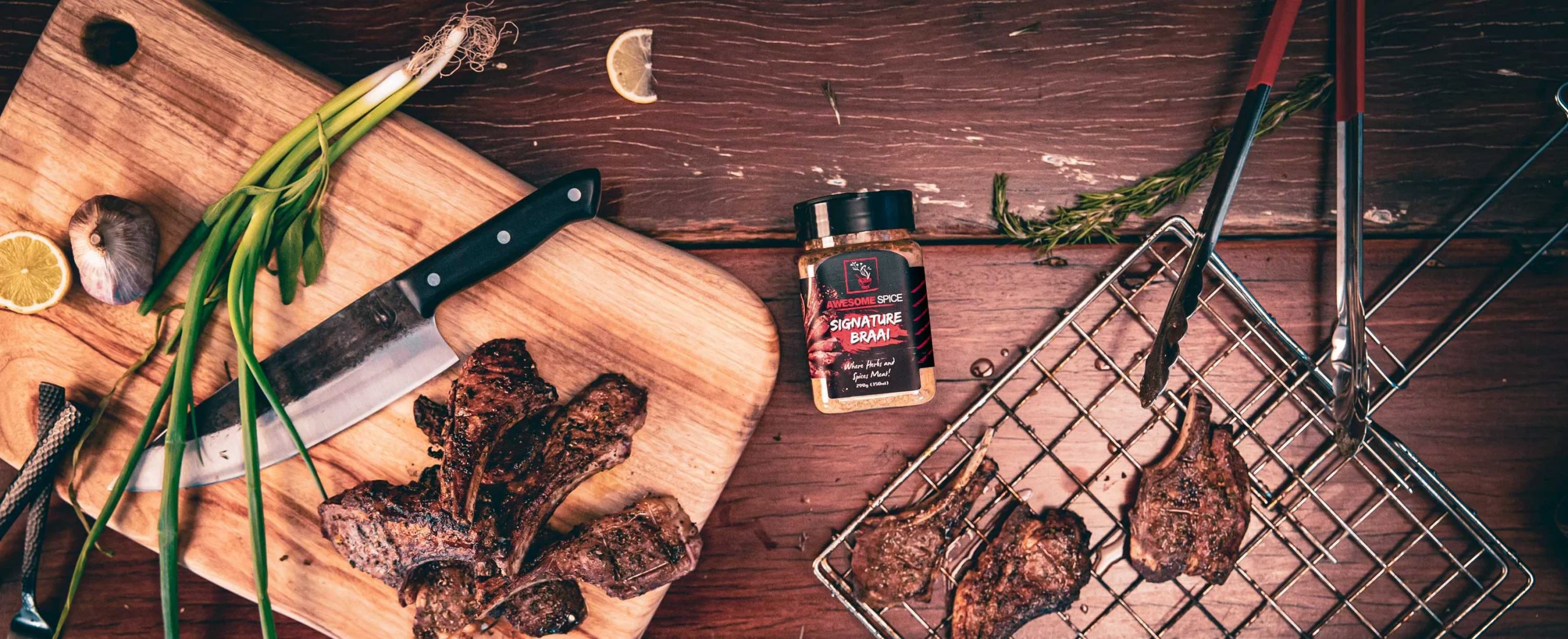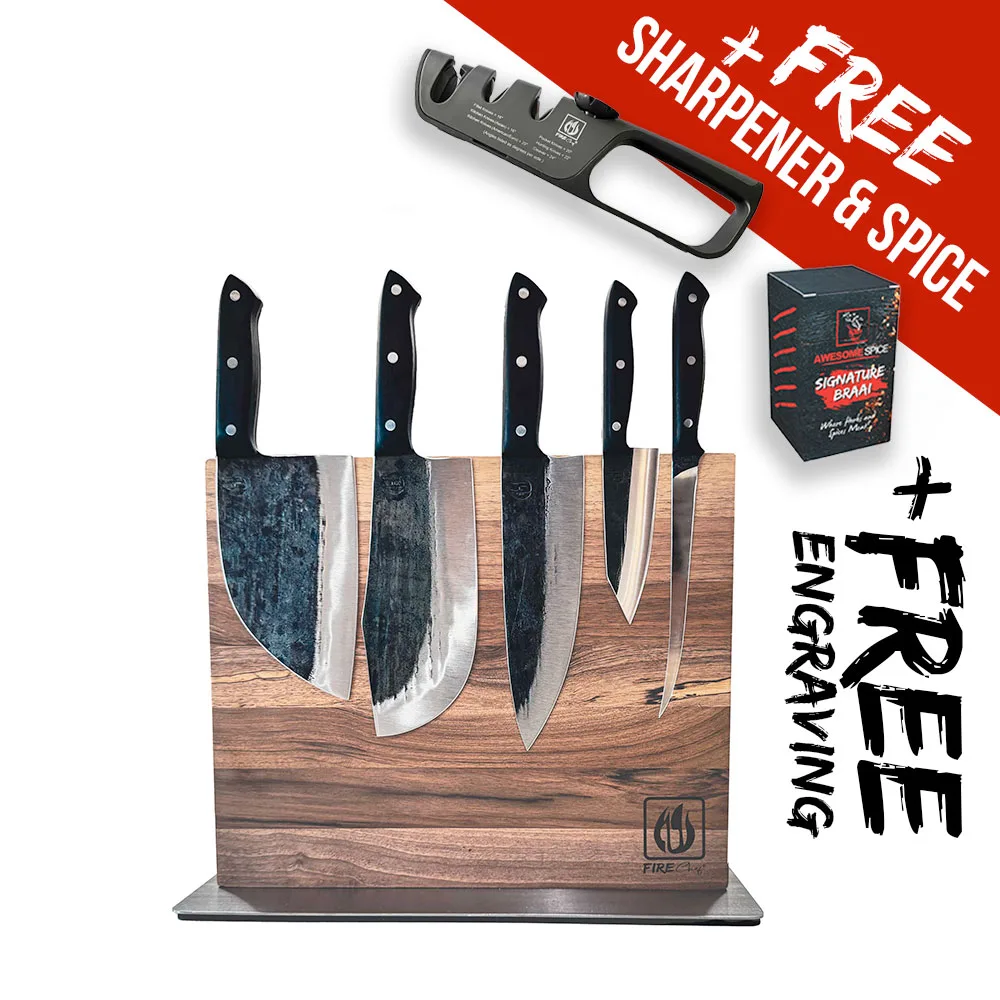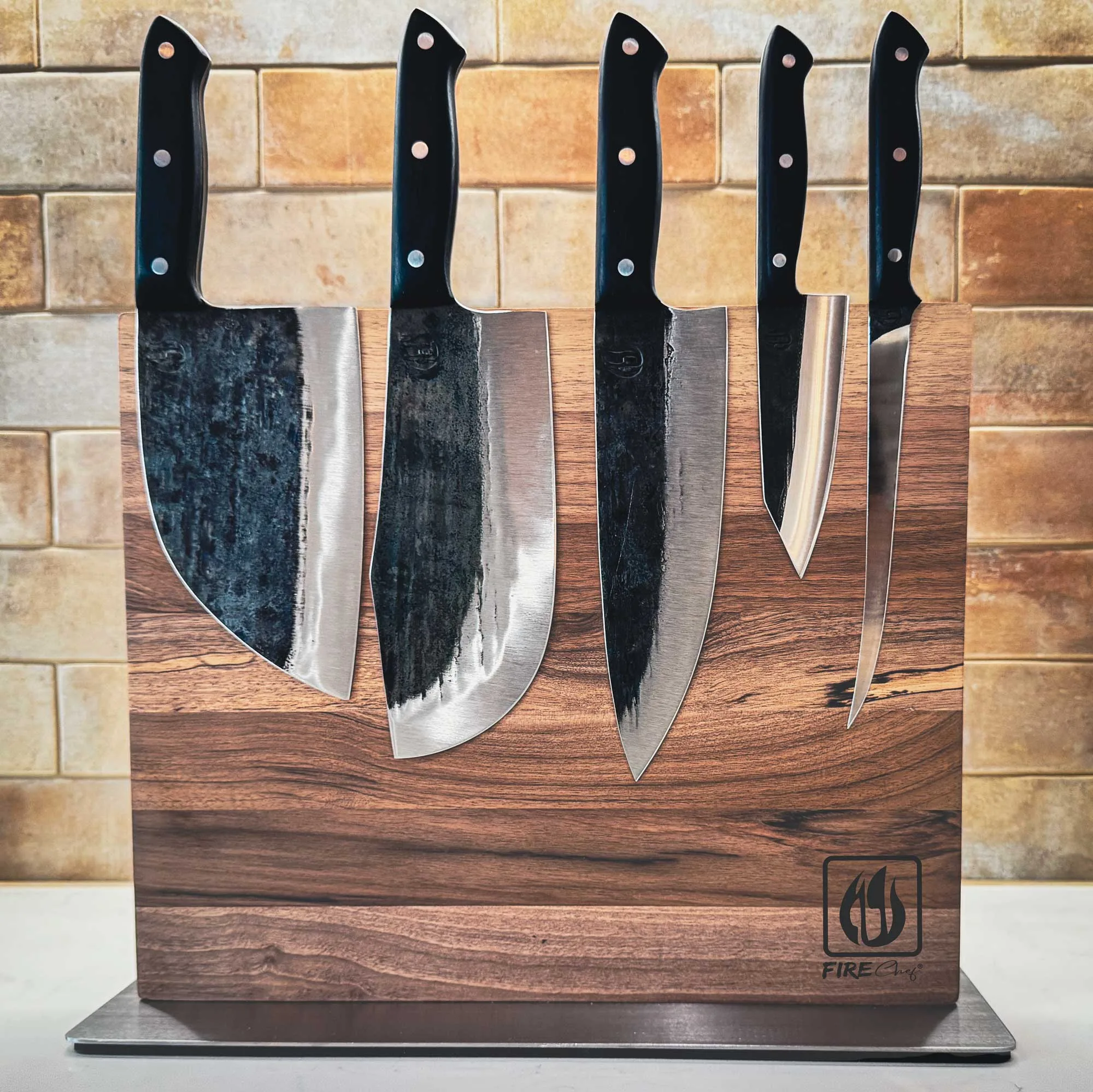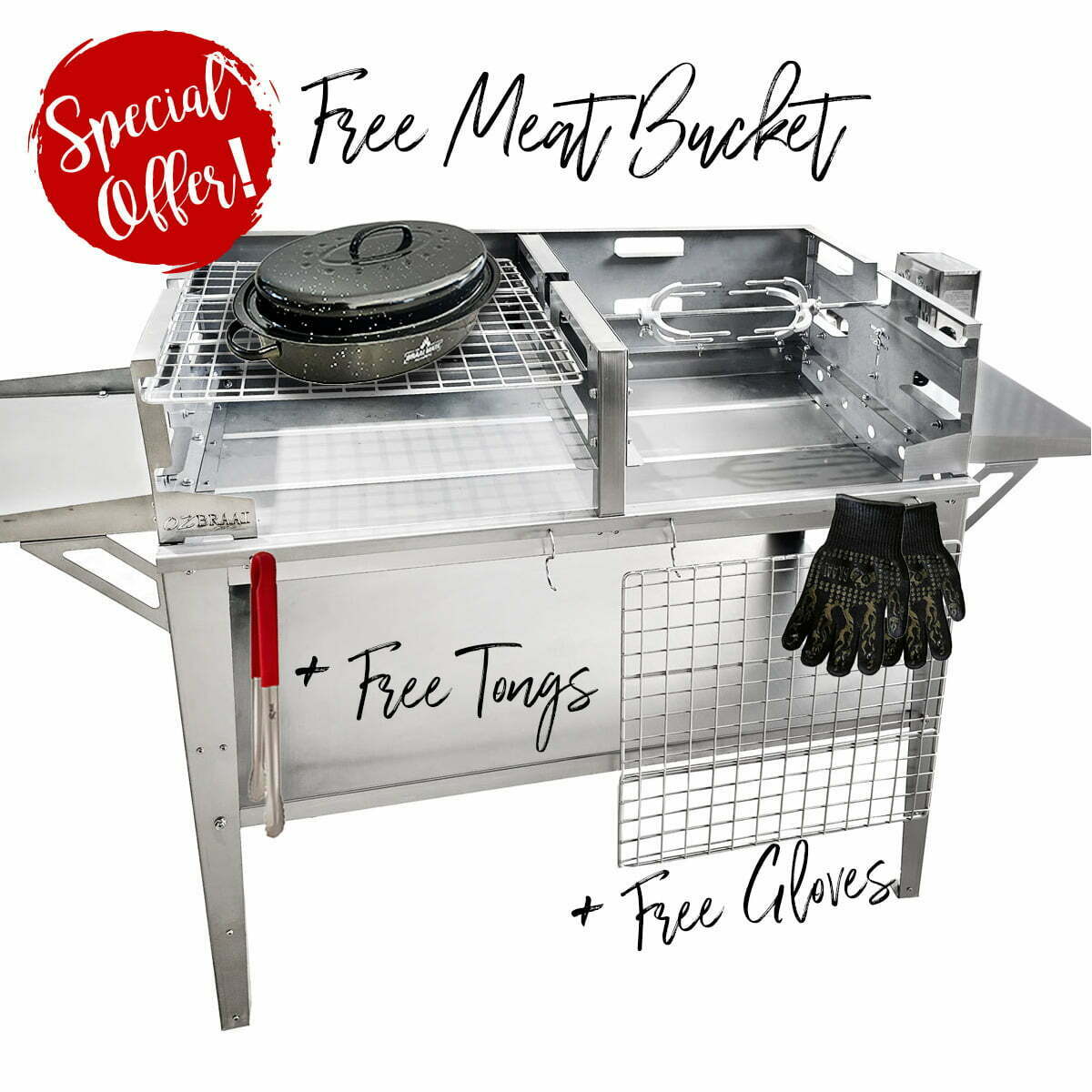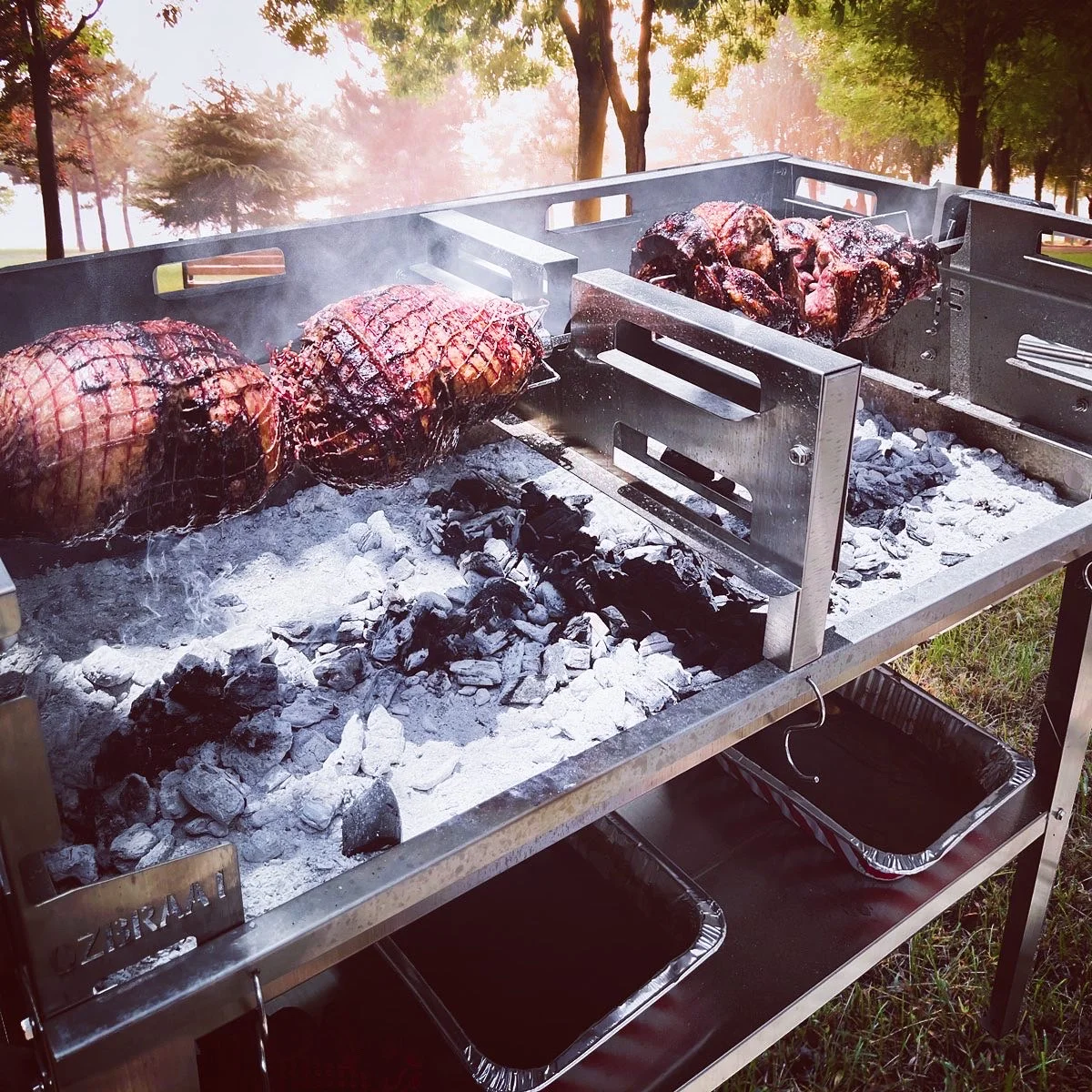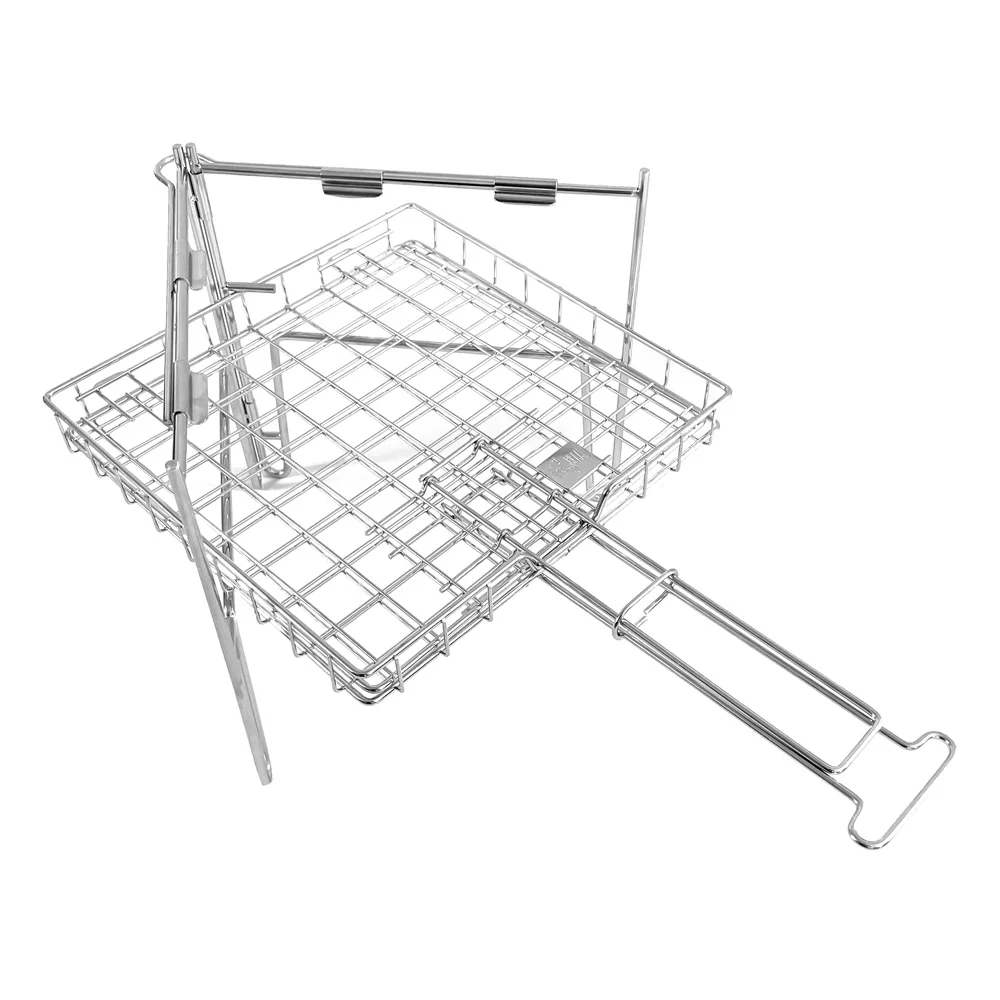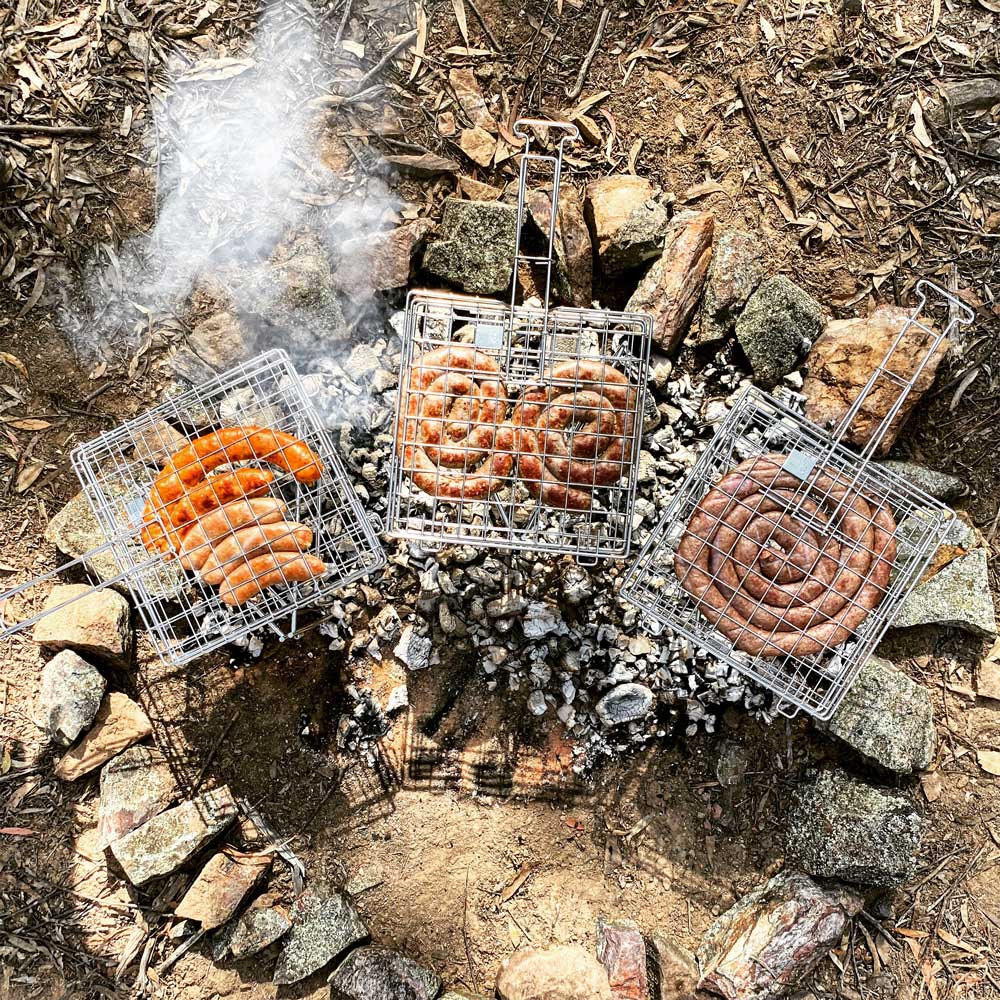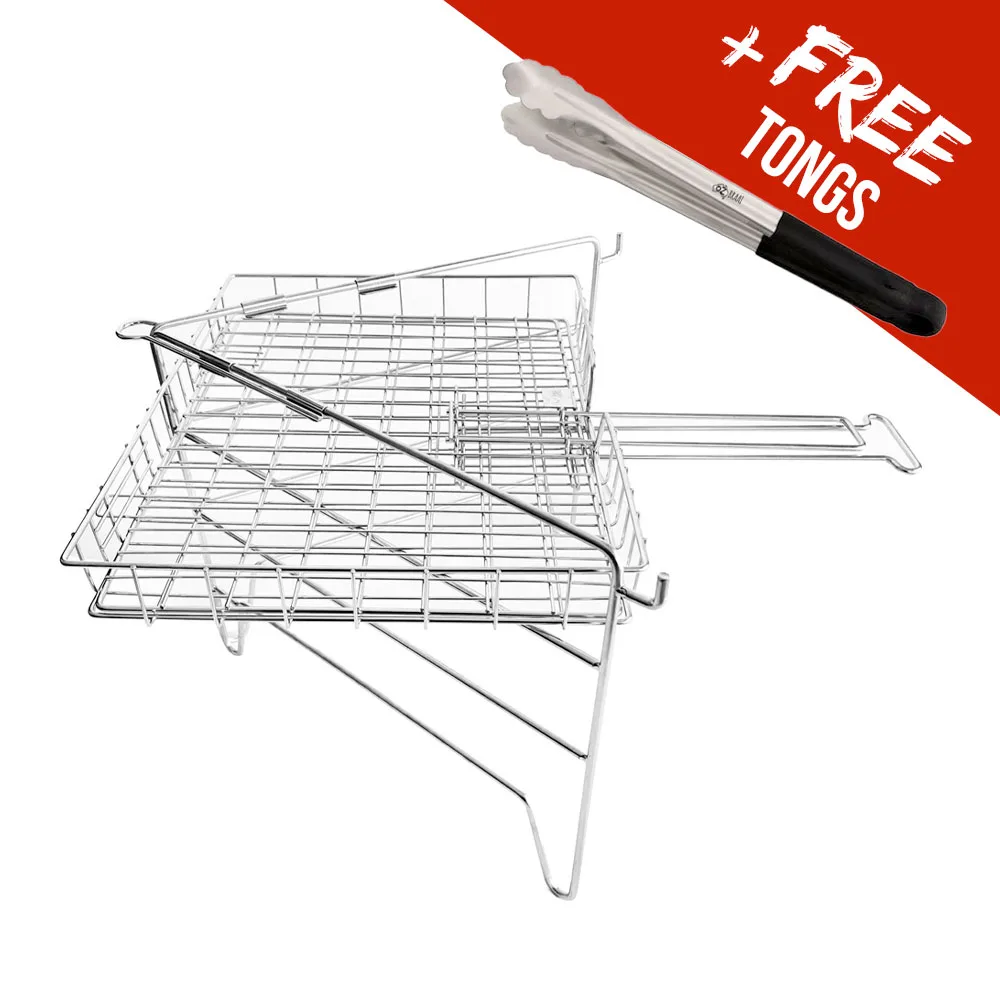Blog, Tips and Tricks
How Heat Breaks Down Collagen in Meat: Mastering Tenderness with OZ Braai
The Science of How Heat Breaks Down Collagen in Meat: Mastering Tenderness with OZ Braai
A braai is not just about cooking meat—it’s about perfecting the art of creating tender, juicy, and flavourful dishes over an open flame. But what’s the secret behind getting meat to fall off the bone or stay tender while retaining structure? The answer lies in how heat breaks down collagen, a protein found in meat. Understanding collagen breakdown is crucial for anyone wanting to master braai cooking.
In this article, we’ll dive deep into the science of collagen, explore how different cooking methods on the OZ Braai—like using the meat bucket to steam and roast, or using a rotisserie attachment—can help you achieve perfectly tender meat every time.
What is Collagen and Why Does It Matter for Meat?
Collagen is the most abundant protein in animals and is found primarily in connective tissues, such as tendons, ligaments, and skin. In meat, collagen is responsible for holding muscle fibres together, making it an important factor in how tender or tough the meat feels when cooked.
How Collagen Affects Meat Texture
In raw meat, collagen is firm and tough, which is why cuts like brisket, shank, or ribs tend to be chewy if undercooked. When you apply heat over a long period, collagen undergoes a transformation—it breaks down into gelatin, a substance that melts and lubricates the meat, making it tender and juicy.
The amount of collagen in a piece of meat depends on the cut and the type of animal. Cuts that come from well-exercised parts of the animal (such as the legs, shoulders, and back) tend to have more collagen and thus require longer cooking times to tenderise.
The Collagen Breakdown Process
Collagen is made up of triple-helix strands that hold tightly together when raw. As the temperature rises, these strands start to break apart, unravelling into gelatin. This process doesn’t happen instantly; it requires time and controlled heat to achieve the right results.
During a braai, heat softens the collagen, which eventually turns into gelatin, locking moisture into the meat and creating that succulent texture we love. The key is to keep the meat cooking at a temperature range where collagen breaks down but the meat doesn’t dry out.
Key Temperature Ranges for Collagen Breakdown
- 60°C to 68°C: Collagen begins to soften, but the meat will still have some chewiness and texture.
- 68°C to 82°C: This is the optimal range for collagen to break down into gelatin. The meat will become tender, moist, and juicy.
- Above 85°C: Collagen breaks down quickly, but prolonged exposure at high temperatures can cause the meat to lose moisture and become too soft or mushy.
Steaming and Roasting with the OZ Braai Meat Bucket
Using the OZ Braai Meat Bucket without a lid creates an environment where the meat is steamed first, as the heat from the coals causes moisture to accumulate inside the bucket. The result is tender, juicy meat that can be finished off on the grill for a crispy, flavourful crust. This method is perfect for tougher cuts like lamb shoulder, pork ribs, or oxtail, which benefit from slow, moist cooking followed by browning.
Method:
- Place a small amount of water in the bottom of the OZ Braai Meat Bucket—just enough to cover the base.
- Wrap your meat in foil or place it on a raised rack inside the meat bucket to avoid direct contact with the water. You can also add some broth or wine inside the foil for extra moisture and flavour.
- Maintain a low heat of 70°C to 80°C to slowly steam the meat. It should almost not boil, you should just notice some steam coming out the water. Boiling the water will overcook the meat quickly. Cook for 3 to 6 hours, depending on the size of the cut.
- Once the meat is tender, remove it from the bucket and either brown it on the grill over direct heat or remove the foil for the last 20-30 minutes to allow the exterior to crisp up in the bucket.
Why This Works:
The steaming process in the meat bucket helps break down collagen, tenderising the meat without drying it out. The final step of browning adds that essential crispy, caramelised exterior. Without this final step, the meat is effectively steamed, which makes it tender but lacking the classic braai flavour and texture. This method is perfect for slow-cooking meats that need a gentle start and a flavourful finish.
Rotisserie Attachment: Slow Roasting Bigger Cuts
For larger cuts like whole chickens, legs of lamb, or pork roasts, the OZ Braai Rotisserie Attachment is ideal for even, slow cooking. Rotisserie braaing turns the meat slowly over indirect heat, allowing collagen to gradually break down and the meat to stay juicy.
Method:
- Attach your meat to the rotisserie and ensure it’s well-balanced for smooth rotation.
- Set up the coals for indirect heat, with the fire on either side of the meat.
- Keep the external temperature between 160°C and 180°C for slow, steady cooking.
- Whole chickens take about 1.5 to 2 hours, while larger cuts like lamb can take 3 to 4 hours.
Why This Works:
The slow rotation on the rotisserie allows for even cooking, ensuring that all sides of the meat are exposed to heat. This method ensures the collagen has ample time to break down, producing tender, juicy results.
Smoking Meat on the Braai
Smoking is another low and slow method that works perfectly on the braai. Using wood chips, you can infuse your meats with rich flavours while slowly breaking down collagen for tender results.
Method:
- Set up your braai for indirect heat, with coals on one side and the meat on the other.
- Add wood chips to the coals to generate smoke. Maintain a low temperature of 90°C to 105°C.
- Smoke meats like brisket, ribs, or lamb shoulder for 6 to 12 hours, depending on the cut.
Why This Works:
The long smoking process breaks down collagen slowly while imparting deep, smoky flavours. This method is perfect for tougher cuts that need extended cooking times.
Quick Reference Guide: Braai Cooking Times and Temperatures for Different Meats
Note: For detailed cooking times and temperatures, please refer to the accompanying image guide for this article.
Conclusion: Mastering Meat Tenderness with OZ Braai
Whether you’re steaming and roasting using the OZ Braai Meat Bucket, slow roasting with a rotisserie, or experimenting with smoking, mastering the art of collagen breakdown is the key to tender, juicy meat. By using these methods, you can transform even the toughest cuts into melt-in-your-mouth perfection, all while celebrating the rich tradition of braai cooking.


